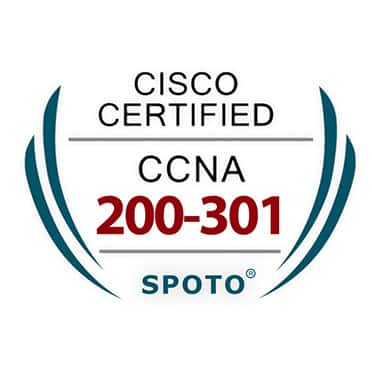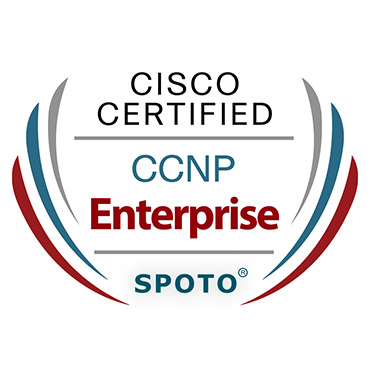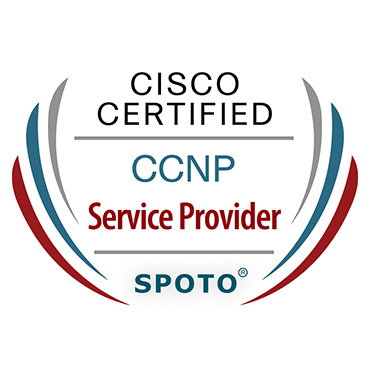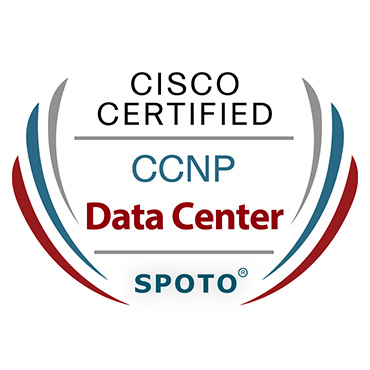Software-defined networking or SDN:
Organizations, Enterprises, as well as service providers, would be surrounded by several competing forces. The impact of increasing mobile usage, the enormous growth in multimedia content, the high demand for cloud computing would cause unpredictable traffic patterns. To find a problem coping with unreliable traffic patterns, massive data centers were insisted. These traffic patterns would cause very high demand for meticulous resources that they couldn’t meet with accessible network infrastructure.
So there would be two choices:
1. Scaling network infrastructure for meeting the peaks, which would be very much complex and expensive.
2. Or you would be able to build a network so that it could be reconfigured automatically to cope with those channels and peaks for meeting appropriate demands.
Table of Contents
That’s where SDN came into existence.
What is SDN?
SDN or Software-defined networking is considered a unique approach or an umbrella term for cloud computing and networking, which would be simplifying the management of the network. SDN separates the control plane from the data plane in order to create a more flexible and programmable network infrastructure. That would be enabling a programmatically efficient configuration of the network to improve the performance of networks and monitor results.
SDN would be emphasized that the basic architecture of the traditional networks is considered to be much decentralized and complex. While traditional networks consist of many devices with their respective intelligence distributed throughout them, SDN centralizedizes control with dynamic management capabilities for greater management control and automation capabilities. In contrast, the present network would require being more flexible architecture with a simple troubleshoot option.
Now we need to discover what are the three SDN layers.
SDN Architecture:
SDN architecture layers would be consisting of 3 layers.
a) The application layer
b) The control layer
c) The infrastructure layer
1. The Application Layer
The application layer comprises software applications that use SDN infrastructure to provide network services and functionality. So that they programmatically and explicitly communicate their desired network behavior and network requirements to the SDN Controller.
2. The Control Layer
The SDN Controller is considered the mid-layer that would be connecting the application layer and the infrastructure layer. The northbound interface is believed to be the connection between the controller and applications, while the southbound interface is the connection between the controller and the infrastructure layer. This layer would be processing the application layer’s instructions and requirements via the southbound interface and preceding them to the networking components via the northbound interface. It would also be communicating back necessary information extracted from the networking devices to the application for it functions the best.
3. The Infrastructure Layer
This layer would consist of networking devices that would control the forwarding and data processing capabilities for the network, such as switches, routers and other equipment necessary to facilitate networking connectivity. The devices are considered to be responsible for handling packets based on the rules offered by a controller. It is regarded as the physical layer responsible for collecting the network statuses like network topology, traffic statistics, network usage, etc., and sending them to the control layer.
Here are all the 3 SDN layers, and there are 2 Control Planes in SDN architecture.
Control Plane and Data Plane in SDN: SDN divides its infrastructure into two planes – control (network management/policy enforcement), and data (traffic forwarding). This separation enables centralized control with one element controlling several data plane elements at the same time to achieve desired network behavior.
SDN architecture has the following features:
• Directly Programmable
Network control could be programmable directly as it is considered to be decoupled from forwarding functions.
• Centrally Managed
In Software-based SDN controllers, network intelligence is centralized logically, maintaining an overall view of the network.
• Agile
Abstracting control from forwarding lets admin allows the users to manage network-wide traffic flow dynamically to meet changing needs.
• Programmatically Configured
In SDN, network managers are responsible for managing, configuring, securing, and optimizing the network’s resources quickly and easily.
• Vendor-Neutral
SDN Implementation instructions are offered by SDN controllers instead of vendors as well as protocols. So it is considered to be Vendor neutral.
If you wish to study the SDN more in-depth, you must obtain Cisco Exam Dumps, which will help you succeed. SPOTO Cisco Exam Practice Tests are considered to be imperative amongst them. Obtain it today and achieve your dream certification.
• OpenFlow Protocol:
SDN’s OpenFlow is an innovative protocol used for communications between its controller and network devices, such as switches and routers, enabling it to provide instructions to these devices on how best to route traffic.
• Virtualization in SDN:
SDN utilizes network virtualization to create virtual network overlays on top of physical infrastructure, increasing network flexibility, scalability, and isolation.
• Network Function Virtualization (NFV) as part of SDN:
Mes NFV is an extension of SDN that involves virtualizing network functions like firewalls, load balancers, and intrusion detection systems on generic hardware rather than dedicated appliances for easier operation and more cost-effective network environments. Together with SDN and NFV.
OpenDaylight and ONOS are among the many SDN controllers available today that serve as essential software platforms for orchestrating SDN deployments and managing them effectively.
Conclusion:
SDN provides an innovative network architecture solution, allowing centralized control, automation and agility. By understanding its three layers – infrastructure control application layers – SDN becomes easy to understand as you gain insight into its fundamental building blocks.
Be sure to include relevant keywords throughout the content, while optimizing meta tags, headings and subheadings for maximum SEO performance.
Latest passing report-100% pass guarantee
Recommend SDN study materials:













Comments